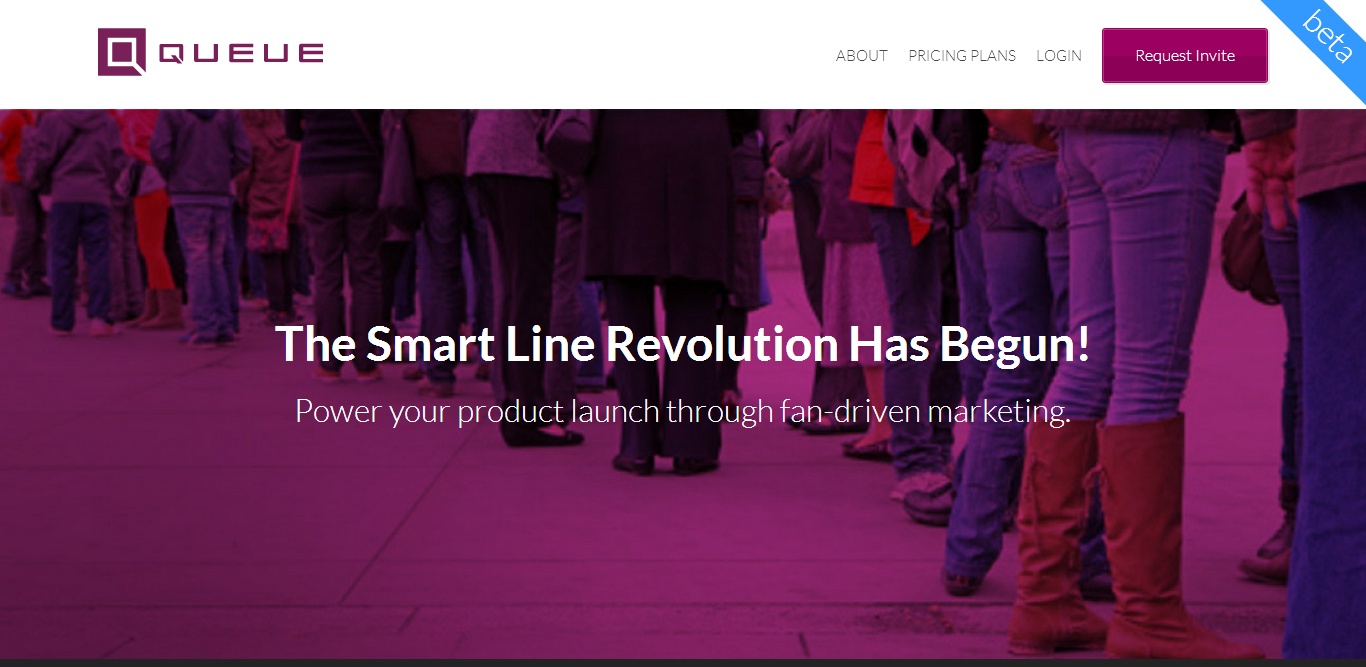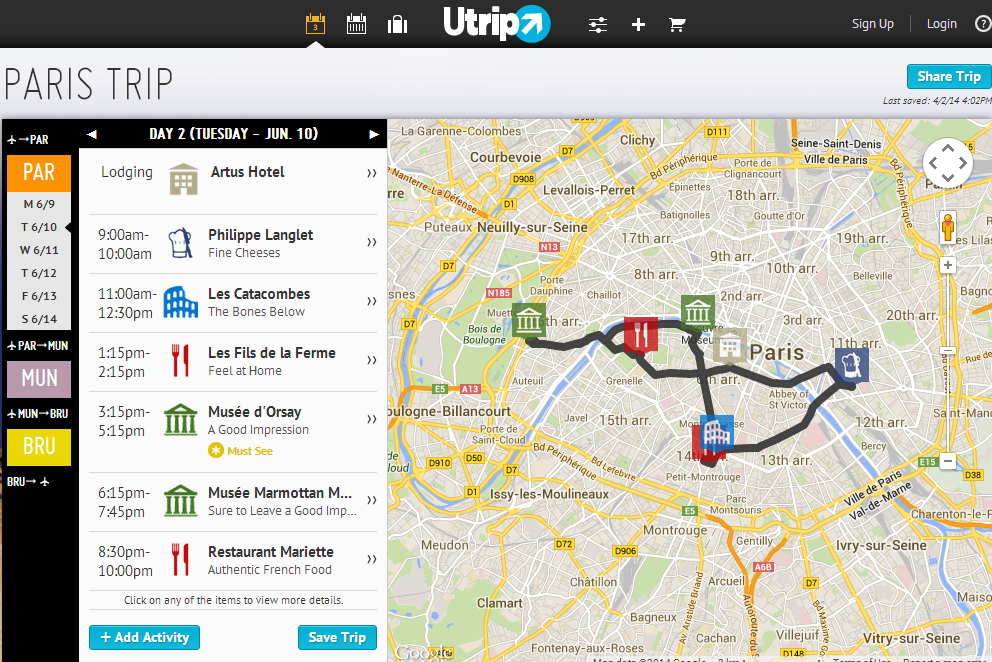 A Q&A with Queue co-founder Joe Sanchis. The San Francisco-based company, which has developed a dynamic virtual ‘smart line’ for customers seeking to buy products with high demand, launched at the DEMO Enterprise 2014 show earlier this month. It was founded in 2012 by Sanchis and Darren Luvaas.
A Q&A with Queue co-founder Joe Sanchis. The San Francisco-based company, which has developed a dynamic virtual ‘smart line’ for customers seeking to buy products with high demand, launched at the DEMO Enterprise 2014 show earlier this month. It was founded in 2012 by Sanchis and Darren Luvaas.
SUB: Please describe Queue and your primary innovation.
Sanchis: We’ve developed a smart line for early fans to ‘jump ahead’ as they wait in a pre-order line by sharing, referring, and engaging to earn rewards, status, and be the first to receive the product. It’s the first virtual dynamic queueing system on the market for ecommerce.
Using Queue, companies can now leverage their fans into a powerful marketing channel, while optimizing demand and lowering market risk.
SUB:Who are your target markets and users?
Sanchis: We are currently targeting the SMB market and post-crowdfunders with our self-serve platform. Our end users are early adopters who love to participate during the pre-launch of a new product or service.
SUB:Who do you consider to be your competition, and what differentiates Queue from the competition?
Sanchis: Competition is mostly in-house solutions like Coin’s referral program or Goggle Glass’s explorer program. In the enterprise space we’ve seen custom campaigns from brand marketing agencies. None of these offers the scale or depth of Queue.
SUB:You just launched at DEMO Enterprise. Why did you decide that DEMO was the right forum for your launch?
Sanchis: We were invited to participate at DEMO Enterprise because our target customer is squarely in the enterprise space. We thought it would be a valuable experience for us to show the enterprise community what is possible with Queue, and it was.
SUB:Describe your experience debuting at DEMO.
Sanchis: Preparing for DEMO forced us to focus on getting the product market-ready and to nail our pitch, which was great. The timing was perfect for us. Our presentation was very well received, and it generated lots of media, investor, and business interest.
SUB:Have you raised outside funding to this point?
Sanchis: We’ve been self-funding up until this point with very limited Angel funding.
SUB:What was the inspiration behind the idea for Queue? Was there an ‘aha’ moment, or was the idea more gradual in developing?
Sanchis: Hot new products can easily sell for two-to-five times more on secondary markets, while other products with massive marketing budgets can fall flat. It was pretty clear to us from early on that something was amiss in the realm of supply and demand optimization and go-to-market strategies. The only question was how to address the obvious problem.
My own pre-order frustration while waiting for the Samsung Galaxy S3 a while back was the spark that lit the fire. Lines clearly haven’t evolved for the digital age. I remember thinking that there must be a better way to not only solve the wait problem, but to test, accelerate, and leverage all of the fan enthusiasm around me to boost brand awareness, acquire new customers, and validate product/market fit. Our smart line solution evolved as the means to do exactly that.
We’ve also found a lot of inspiration in the way that Walt Disney has contributed to the management of physical lines. Turns out that many of the principles of queueing psychology also translate very well to virtual line systems in ways that have never been done before.
SUB:What were the first steps you took in establishing the company?
Sanchis: We performed customer discovery surveys, conducted market, partner, and user research, and thoroughly tested the concepts. We also found complementary partners and advisors, filed a patent on our dynamic queue, and structured the company with the skill sets necessary to get us where we knew we needed to be.
SUB:How did you come up with the name? What is the story or meaning behind it?
Sanchis: The term ‘queue,’ of course, refers to what we North Americans call a ‘line.’ ‘Queue’ felt like a more elegant way to refer to a line and it suggests future growth well beyond the U.S. borders, which is absolutely our intent. We want our name to become synonymous with technologies that streamline demand chain management for empowering both brands and users in new, innovative ways. We want to flip the emotional association people have had with queueing—which has been, until now, an uncomfortable, frustrating experience—and to invoke positive feelings about what can and should be an incredibly rewarding, social, and engaging experience.
SUB:What have the most significant challenges been so far to building the company?
Sanchis: We had to solve the engineering challenges of managing a highly dynamic queue at scale, integrating ecommerce fulfillment and payment data, and also tracking and measuring social media engagement. I’m pleased to say that we have now solved these challenges and will keep raising the bar as we build out new features.
SUB:How do you generate revenue or plan to generate revenue?
Sanchis: After our client closes the sale, we help them get their customers, their fans, to refer more customers, and if those new customers buy, then Queue gets a 10 percent commission on that sale. There is no cost and no risk. Queue’s solution brings in new, enthusiastic customers that the company would not have otherwise acquired, so for most companies that’s a no-brainer in addition to data and social reach.
SUB:What are your goals for Queue over the next year or so?
Sanchis: We are planning to expand the Queue platform with additional line-jumping actives, rewards, and social engagement, while expanding into post-launch loyalty programs. The more flexible our platform becomes, the easier it will become for our customers to tailor their product launch and brand campaigns to meet their specific needs.














